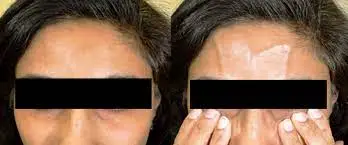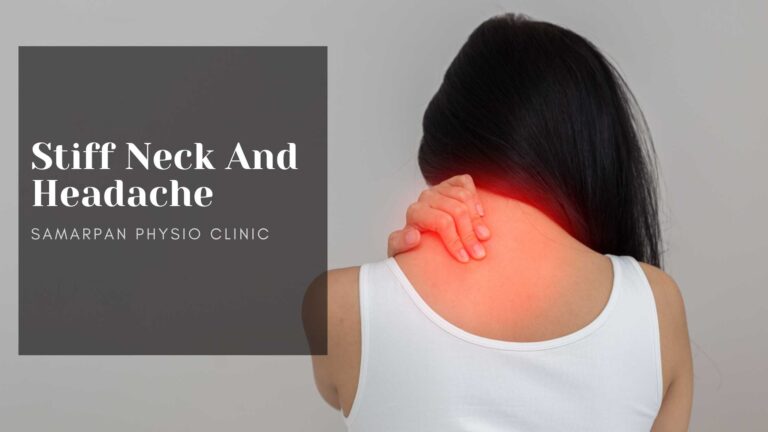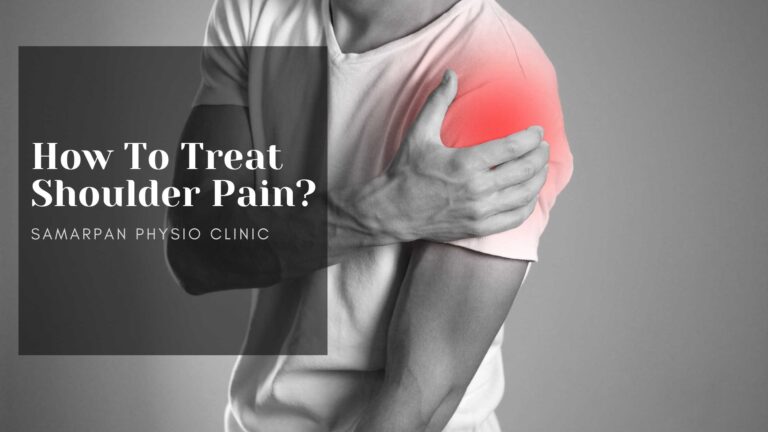Bulging Forehead Veins
Bulging forehead veins can be a source of concern for individuals who notice prominent veins on their forehead. The human forehead is an area where veins are naturally visible due to the thinness of the skin.
Bulging veins, especially on the face, are rarely cause for tension. They are most commonly found on the front of your forehead or on the sides of your face around your temples. While bulging forehead veins are frequently associated with age, they can also be a symptom of strain or stress.
Bulging veins on the forehead are quite prevalent. However, if they are accompanied by pain, you should see your doctor.
Overview
Bulging veins are visible, swollen veins near the surface of your skin. They appear to protrude from your skin and can be quite conspicuous. These veins may appear twisted or rope-like, and they may be blue or purple. You can feel their shape if you touch them with your finger. They can appear anywhere on your body, but they most usually form on your legs.
You may be wondering what bulging veins indicate if you notice them. Bulging veins are usually not a cause for concern. Many people simply dislike their appearance. However, they can occasionally indicate a major medical concern or lead to consequences. So it’s critical to understand what causes your veins to bulge and when you should contact your doctor.
What causes Bulging Forehead Veins?
Large forehead veins are frequently evident due to heredity or age. As you become older, your skin thins out, revealing the veins beneath. Age can also raise the likelihood of vascular problems. You may observe blue-tinged veins if you have pale skin.
If you’re underweight, your veins may be more noticeable. People who are underweight or have a low body fat percentage may have tighter skin. This makes it easier to notice veins in your forehead and other parts of your body.
Bulging discs are commonly caused by the following factors:
- Being born with a female gender.
- Hormonal fluctuations, particularly during pregnancy.
- Being overweight or obese.
- It is necessary to stand or sit for extended periods of time.
- Smoking (which might injure the vein lining).
- Vein problems run in the family.
Other causes of vein bulging include:
Intense exercise– Intense exercise you exercise frequently, particularly while lifting weights, you may notice bulging veins in your hands or arms. This is because exercise improves blood flow and muscle mass. Your superficial veins under your skin become more noticeable as your muscles become larger.
Low-calorie diet- As your body fat percentage decreases, your veins may become more visible, particularly in your hands and arms.
Aging-While aging increases your risk of developing varicose veins, it can also cause your skin to become thinner and less elastic. These modifications make it easier to view your veins through your skin.
Medical condition- Medical disorders such as vasculitis or chronic venous insufficiency may be present.
Here are some other possible causes of bulging forehead veins-
Strain or pressure
A good laugh might draw attention to your forehead veins. When you laugh, your chest pressure rises, forcing your veins to dilate. The same can be stated for sneezing frequently, activity, and extreme vomiting.
High blood pressure
High blood pressure or any other factor that increases blood flow to the brain can cause your veins to bulge. It could also be an indicator of a persisting cardiac problem.
Seek medical assistance right away if you see a bulging forehead vein that is accompanied by chest pain or other unusual symptoms.
Sunlight exposure
Excessive sun exposure or recurrent sunburns can cause spider veins to bulge on your face. The sun can dilate or widen your blood vessels. This could cause them to swell. It can also weaken the skin tissue around it.
Sun overexposure can hinder your veins from shrinking back to normal size if you have weaker veins. Blue, red, or purple spider veins are possible. They’re more common on the cheekbones and nose than the forehead. This is especially true for ladies with fair skin and the elderly.
Vein dysfunction
An arteriovenous fistula is a misconnection of an artery and a vein. Blood normally moves from arteries to capillaries and then to veins. The artery and vein link directly in an arteriovenous fistula. Without treatment, this might result in venous edema and potentially fatal consequences.
Symptoms of bulging forehead veins
Tension headaches and eye strain can both raise blood pressure in the head and veins. Some symptoms necessitate medical treatment. Consult your doctor if you are having any of the following symptoms:
- soreness, disorientation, and vision problems
- Pregnancy
- Pregnant women go through a lot of hormonal changes. During pregnancy, your body creates extra estrogen and progesterone, which can cause your veins to expand and weaken. Furthermore, your body will boost blood flow.
- When there is an increase in pressure, the veins can protrude through the skin.
The following factors contribute to increased pressure in the neck and head:
- Laughing
- Sneezing
- Screaming
- Crying and vomiting
- Headaches caused by physical activity
- A stress headache can cause a bulging forehead vein. Tension headaches are the most common type of headache, caused by stiffness in the shoulders, scalp, or jaw muscles.
- Because of the increased blood flow, your veins will widen and blood may begin to accumulate. This can create the impression of larger facial veins.
When should you see a doctor?
Although large forehead veins do not signify a medical emergency, people should consult a doctor if they suffer the following symptoms:
- Headaches
- Ache or tenderness near the temples, mouth, or jaw dizziness
- Altered or double-vision
- Even if no symptoms are present, a person should visit a doctor about various treatment options for big forehead veins.
Before making a decision, people should carefully consider all of the benefits and dangers involved with surgical and nonsurgical therapies.
Treatment of bulging forehead veins
What are the treatment options for these obvious forehead veins?
These Forehead veins are common, and they may not cause any serious health problems. People frequently have these bulging forehead veins surgically removed for cosmetic reasons. There are specialized treatments for these forehead veins. Some of them are as follows:
Electrosurgery-Electrosurgery is a minimally invasive operation that involves passing an electric current through a needle and eliminating the bulged vein. This is a more rapid process than others.
Sclerotherapy-Sclerotherapy is a very efficient approach to remove these forehead veins. The veins are treated by shrinking them and then shutting them and removing them from the body by absorption.
This could be a little risky for treating face veins, therefore it is important to get medical advice beforehand.
Laser surgery- Laser surgery is extensively used to treat these issues. Laser surgery is speedier and has fewer hazards than traditional surgery.
Surgery- If a person has some more visible forehead veins and wants to get rid of them, surgery can help. These procedures are performed by knowledgeable and skilled doctors.
Is treatment required?
Most forehead veins do not necessitate treatment. People who dislike the appearance of their forehead veins can choose operations that diminish their visibility.
FAQ
Why are my forehead veins now bulging?
High blood pressure or any other factor that increases blood flow to the brain can cause your veins to bulge. It could also be a sign of a persisting heart problem. Seek medical assistance right away if you see a bulging forehead vein that is accompanied by chest pain or other unusual symptoms.
Do bulging veins disappear?
Bulging veins cannot be treated, however these treatments can alleviate pain and make your veins less noticeable.
Do swollen veins indicate dehydration?
Dehydration. However, if you see your veins expanding without engaging in any strenuous activity, it could be an indication of dehydration. Dehydration causes the blood to thicken due to a lack of drink.
Can exercising help with varicose veins?
Exercise will not cure varicose veins, but it will alleviate your discomfort. While there is no way to totally prevent varicose veins, exercise will improve circulation and muscle tone, which may lessen your chances of developing them. Existing varicose veins can be more difficult to remove.
Do bulging veins indicate high blood pressure?
Varicose veins are an indication of persistent venous hypertension, which is excessive blood pressure within the veins. Continuously high blood pressure in the veins destroys the valves and permanently weakens the vein walls.
References
Anthony, K. (2023, September 11). Bulging forehead veins. Healthline. https://www.healthline.com/health/forehead-vein#causes
Professional, C. C. M. (n.d.-b). Bulging veins. Cleveland Clinic. https://my.clevelandclinic.org/health/diseases/22877-bulging-veins
Glamyo Health Blogs. (2023, May 14). How to treat bulging forehead vein? Surgery Ka Naya Address – Glamyo Health Blogs. https://glamyohealth.in/blog/bulging-forehead-veins/
Eske, J. (2022, December 12). What to know about forehead veins. https://www.medicalnewstoday.com/articles/326047







